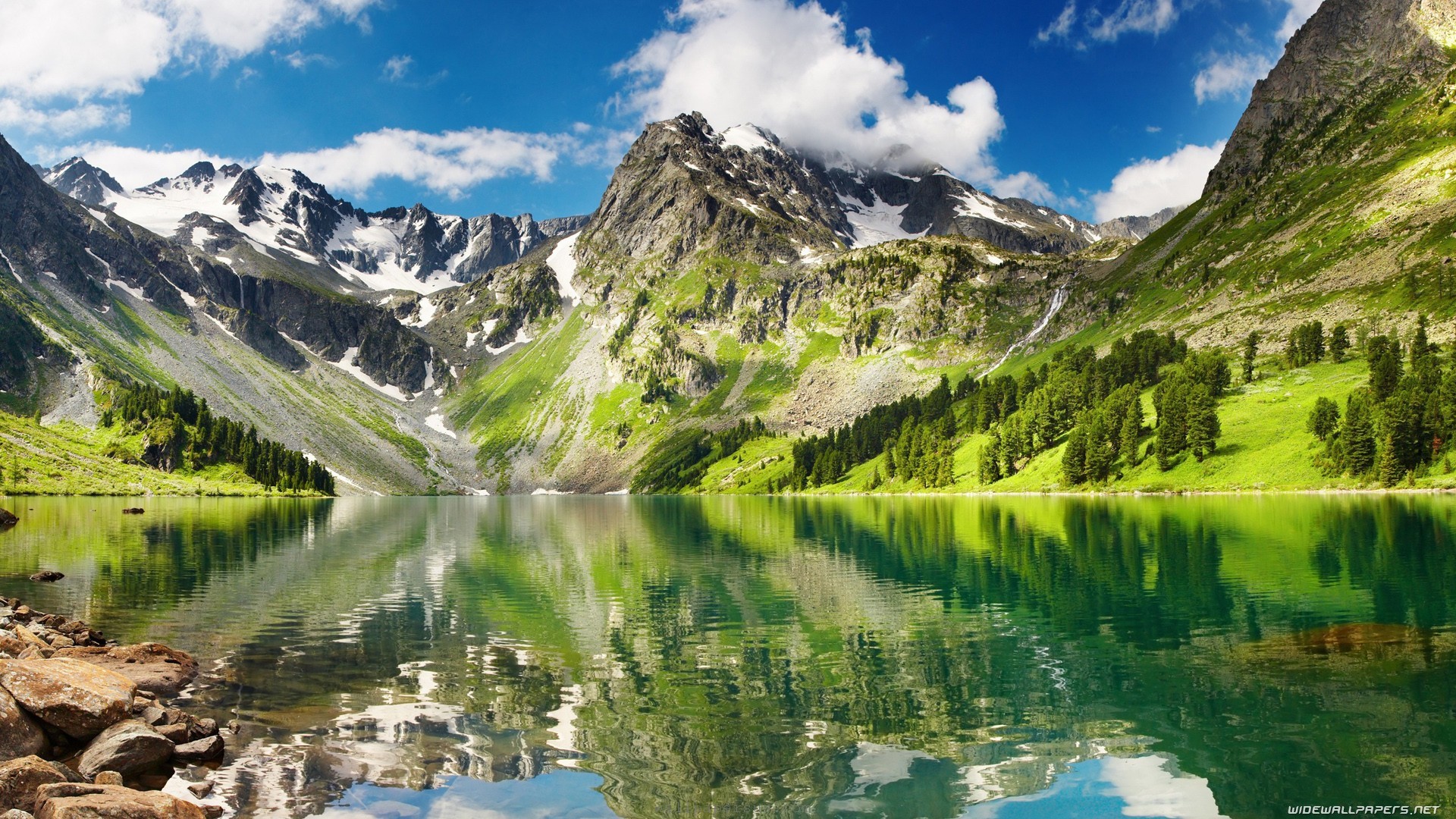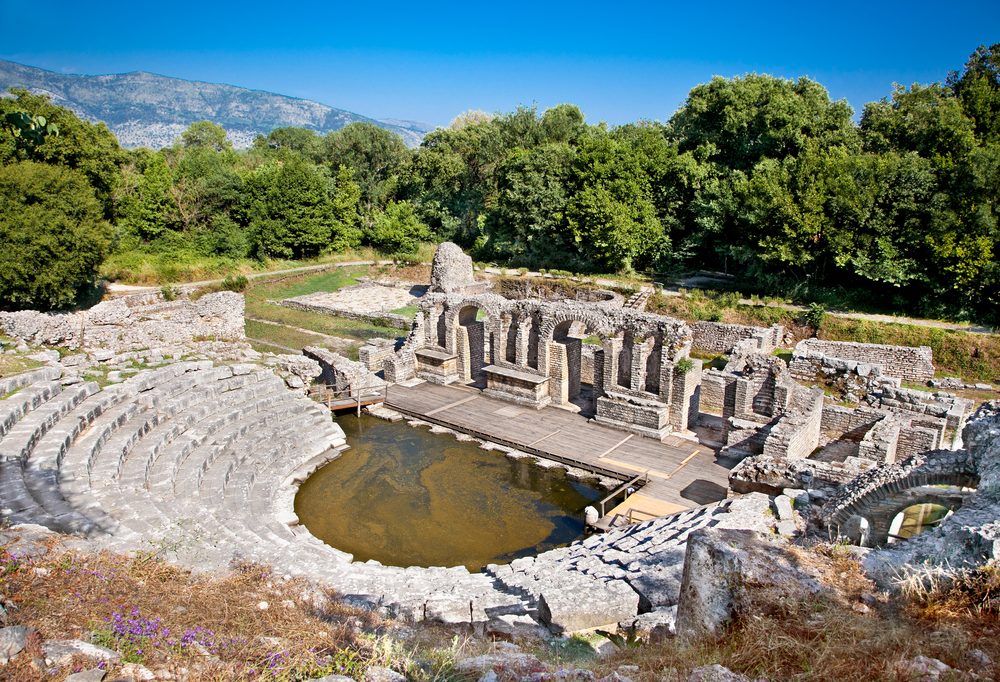Overview
The first stop on our journey is Durres, the second largest city in Albania, only around 30 kilometres from the capital Tirana. Durres is a historic centre with a population of around one million. Our first stop is the Archaeological Museum of Durres, which houses an impressive collection of objects from Durres dating back to the 1st century. The main attraction of Durres is the amphitheatre from the 2nd century, an outstanding sight.
Highlights
- City tour of Tirana, historical museum
- Durres, Roman theatre
- Berat, Onufri Fortress-Museum
- Castle of Gjirokaster
Itinerary
Day 1 :
Rinas (airport) – Durres
The first stop on our journey is Durres, the second largest city in Albania, only around 30 kilometres from the capital Tirana. Durres is a historic centre with a population of around one million. Our first stop is the Archaeological Museum of Durres, which houses an impressive collection of objects from Durres dating back to the 1st century. The main attraction of Durres is the amphitheatre from the 2nd century, an outstanding sight.
Day 2 :
Durres – Vlora- Sarande
Today we explore Vlora, starting with a visit to the Independence Monument and the tomb of Ismail Qemali, the place where Albania’s independence was proclaimed. The historic centre of Vlora, to the north-east of the monument, is home to the well-preserved 16th century Muradi Mosque, one of the few Ottoman religious buildings in good condition. A little south of Flag Square, we visit the Independence Museum, which is housed in the premises of an old quarantine hospital and focuses on the founding of the Albanian state on 28 November 1912. The historical significance of Vlora, which emerged from the declaration of independence in 1912 after the Ottoman occupation, is emphasised in this museum. Afterwards, there are opportunities to explore the undeveloped Albanian Riviera to the south of before travelling to Sarande at the end of the day.
Day 3 :
Sarande – Butrint – Sarande
We start our day in Sarande, a picturesque coastal town in the south of Albania. We visit the ancient city of Butrint, a UNESCO World Heritage Site, and explore the impressive ruins from different eras, including Roman, Byzantine and Venetian influences. In the afternoon, we have time to explore Sarande further. Let’s relax on the beaches, visit local shops or explore historical sights such as the Lekuresi Castle with breathtaking views of the surrounding area.
Day 4 :
Sarande – Syri Kalter – Gjirokaster
Our journey takes us to the impressive Syri Kalter, the “Blue Eye”. Enjoy the natural beauty of this place with its crystal clear water and the surrounding landscape. We then reach Gjirokaster, a UNESCO World Heritage city, also known as the “City of Stones”. This city, the birthplace of the writer Kadare and the dictator Enver Hoxha, is characterised by its typical Balkan architecture. Already inhabited in ancient times, Gjirokaster gained importance under the Byzantine Empire and later became the capital of the Sandzak of Albania under Ottoman rule. We visit the castle and the Ethnographic Museum. The old bazaar of Gjirokaster impresses with its Ottoman style and small shops where typical and interesting items can be purchased. In the immediate vicinity of the bazaar is the Bazaar Mosque, one of the few mosques in the city to have survived the years of communist dictatorship. During this time, the regime declared Albania the first secular state in the world and ordered the destruction of religious artefacts.
Day 5 :
Gjirokaster – Berat
Today we visit the city of Berat, which was built in 312 BC and is under UNESCO protection. Berat is considered the pride of Albanian architecture and combines eastern and western cultures, traditions and views. The old town consists of the three main neighbourhoods of Mangalemi, Gorica and Kala, the latter of which is home to the castle. In the Mangalemi neighbourhood, below the castle, there is a famous view of the facades of the houses with windows. Behind the old walls of the fortress, which crowns the hill above Berat, lies the white village neighbourhood of Kala. Berat Castle is the central sight, where locals still live in the historic houses. The alleyways are home to souvenir shops, cafés and Byzantine churches. Inside the castle is the Onufri Iconography Museum, which houses 106 icons and 67 liturgical artefacts.
Day 6 :
Berat – Apolloni – Tirana
The historic ruins of Apollonia, once mentioned by Cicero in his works and the training centre of the future Roman emperor Octavian Augustus, today offer us a fascinating insight into the splendour of the Hellenistic and Roman era. The Archaeological Park, the largest in Albania, is home to numerous monuments and ruins on the hills, offering us a unique opportunity to experience the past glory days. The Ardenica Hills, just 20 minutes from Fier and 237 metres above sea level, are famous for the Monastery of the Birth of the Theotokos and offer breathtaking scenery. Built by order of the Byzantine Emperor Andronikos II Palaiologos in 1282, the monastery covers an area of 2,500 square metres and has a rich history. We then make our way to Tirana.
Day 7 :
Tirana – Tirana
Today’s programme includes an extensive city tour of the country’s capital, Tirana. As the economic and political centre of Albania, founded in 1614, Tirana is the largest city in the country. The city is characterised by colourfully painted facades that symbolise its diversity, where mosques stand next to churches and religious tolerance is a top priority. A clear mix of Eastern and Western culture is unmistakable
Day 8 :
Tirana – Rinas (airport)
Arrival – Belgrade
Today it’s time to say goodbye. Transfer to Tirana airport and return flight to Germany.
Cost
The Cost Includes
- Group transfer from Tirana airport to the hotel and back
- Round trip in air-conditioned, local coach
- 7 x overnight stays in selected 4- and 3-star hotels (national category)
- 7 x Frühstück vom Buffet
- 7 x dinner as a 3-course menu or from the buffet
- Tourism tax
- Local, German speaking tour guide
- City tours in Tirana, Durres, Kruje, Elbasan-Pogradec, Korce.
- Admission to all museums and tombs
- Entry in:
- Tirana:
- City tour of Tirana, historical museum
- Stop at the birthplace of Enver Hoxha
- Nationalmuseum Bunk’Art 1 in Tirana
- House of foliage
- Archaeological Museum Tirana
- Durres:
- Durres, Roman theatre
- Berat:
- Berat, Onufri Fortress-Museum
- National Ethnographic Museum
- Onufri-Museum
- Vlora:
- Independence Museum
- History Museum of Archaeology
- Ethnographisches Museum
- Monastery of Svernec
- Saranda:
- Castle of Lekures
- Monastery of the 40 Saints
- Ruined city of Butrint
- Gjirokaster:
- Castle of Gjirokaster
The Cost Excludes
- Flight
- Drinks in hotels and restaurants
- Tips
- Other personal expenses
- Citytax / 1,50 EUR / person / night
FAQs
How fit do I need to be to do this trek?
Annapurna Base Camp is a Grade B or a moderately difficult trekking route. So any fit person can do this trek, even if you do not have any previous experience. You should be aware of what to expect and mentally prepare for it. Then, as long as you will too, you can.
How long do we walk every day when doing Annapurna Base Camp trekking?









